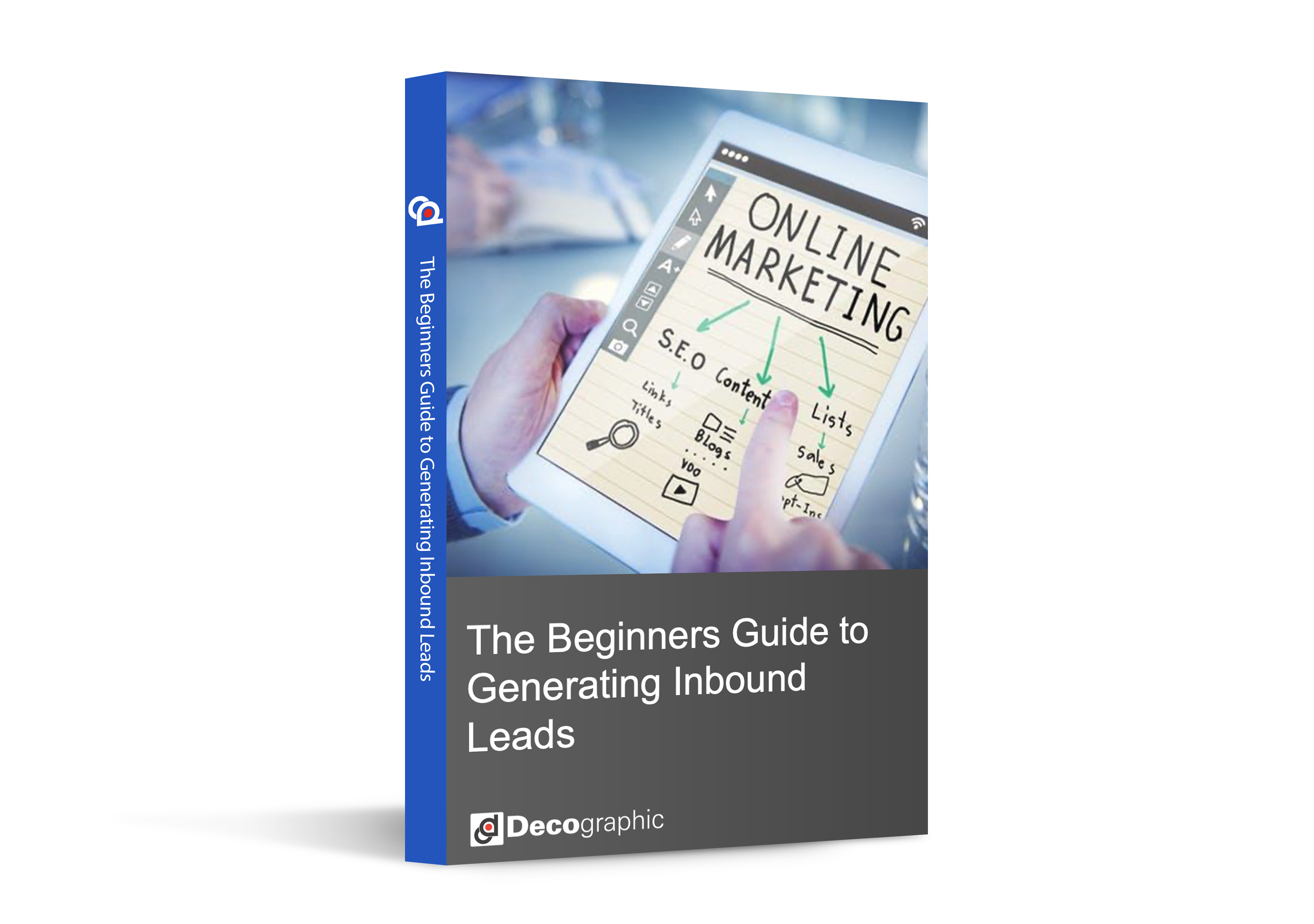What is an Audience Profile and How Do You Create One?

An audience profile is critical to ensure your campaign is successful. It can also help you personalize your campaign’s messaging to reach those most likely to convert and limit the expenses. It details important information related to a fictional character you have decided to target for a specific marketing or advertising campaign. Ann audience profile is modeled after your target audience and is used to create a more personalized, higher-converting campaign.
So what information should you include in an audience profile? You need to include the demographic and psychographic information. Then, you need to determine your audience’s goals, challenges, or pain points that relate to your product or service. Bigger-picture values and motivators should also be included, like “nature”, “socializing”, “a sense of belonging”, or “autonomy at work”. The type of channels and social media platforms your audience use should also be shown here so you would know where to put your efforts in. Lastly, determine the audience’s buying behavior. Is your audience impulsive, or do they need weeks – if not months – before making a purchase? You need to make sure you identify the average time they usually take to make the purchase so you can also pattern your marketing efforts with it.
After getting all the necessary information, now you can learn how to write an audience profile.
- Determine the goal(s) of your campaign.
Before writing your audience profile, you need to make sure you know who you are targeting with your marketing campaign. After that, make a different audience profile depending on your goals. If you want to increase sales for your product via social media advertising campaign, then your audience profile should look like your buyer persona
- Dive deep into analytics.
You can use Google Analytics to explore demographic information related to your website visitors. Take note of age, gender, location, and types of device they use, and figure out which channels your audience arrives from. Another tool to us is CRM if you want to further explore what customers convert at the highest rate. You can use it to determine which industries convert the most, or which pages have the highest conversion rate.
- Use qualitative metrics to determine your audience’s biggest challenges.
Look at customer reviews or focus group details if you want to determine the biggest challenges your prospects and customers face. This should fill out the challenges or pain points section of your audience profile. You can also use keyword research to find high-intent keywords related to your products or services. With qualitative and customer-focused research, you will be able to uncover the biggest challenges of your audience, and how you should tailor your campaign to target these pain points.
- Collect psychographic data using Google Trends or influencers in the industry.
For B2C companies, consider consuming content from top influencers in each industry to determine psychographic data for your audience profile. However, for B2B companies, you might read industry case studies, reports, or join webinars to determine the interests, values, and behaviors of your target persona.
Learn what online lead generation is and why your business needs it, how you qualify someone as a lead, how you generate leads, and why inbound lead generation is much more effective than simply buying leads.
DOWNLOAD OUR EBOOK BELOW:



.png?width=352&name=SCS%20-%20Blog%20Template%20(34).png)

